Surat is synonymous with luxury—textiles, diamonds, and a local taste for premium finishes. For B2B teams building a high-end electric model, a Surat luxury toothbrush isn’t just about tighter tolerances or premium packaging: the finish itself must signal prestige. A Gold plated toothbrush finish is often the fastest visual cue that a product belongs in the luxury bracket, but doing it right requires engineering, regulatory and commercial decisions. Below are six manufacturer-focused reasons (and the how-to) for why gold plating belongs in your Surat luxury toothbrush program.
Market signal & cultural fit — gold sells in Surat
First, gold is culturally resonant in Gujarat and especially in Surat’s luxury retail mix. Consequently:
- A Gold plated toothbrush instantly communicates premium positioning on shelf and in gift assortments.
- Moreover, gold complements other high-margin categories (jewelry, premium textiles) and plays well in curated gift sets for weddings and corporate gifting.
Therefore, from a go-to-market standpoint, gold plating shortens the buyer’s trust curve and justifies a higher ASP for your Surat luxury toothbrush SKU.
Perceived value vs. real engineering trade-offs — justify the cost
Next, a plated finish raises BOM, process time and test requirements. Put simply: buyers pay for perceived value, but manufacturers pay for durability and compliance. Key trade-offs include:
- Cost: gold (and precious-metal processes) materially increases per-unit cost—plan pricing and margin to reflect plating weight, method, and yield.
- Complexity: complex handle geometries increase masking and rework time in plating lines.
- Alternatives: PVD gold-tone finishes look premium and are lower cost, but they differ in visual warmth and long-term patina compared to true gold plating.
Thus, balance perceived premium with durable finish choices so the Surat luxury toothbrush delivers both allure and longevity. Company web: https://www.powsmart.com/product/electric-toothbrush/
.jpg)
-1024x1024.jpg)
Engineering the finish — process choices and specs
Moreover, choosing the right metallization route is a technical decision, not only cosmetic. Typical options and recommendations:
- Electroplating (gold over nickel/flash copper): traditional, warm gold tone; for decorative wear areas specify 0.5–3 µm gold thickness (0.5 µm = light decorative, 1–2 µm = everyday wear resistance). Use a nickel barrier only when medically/ allergen-safe (or replace with a palladium barrier).
- Electroless nickel + gold (ENIG-style): provides uniform coverage on complex shapes with good adhesion.
- PVD or sputter-deposited gold-tone coatings: excellent abrasion resistance and eco-friendly (no cyanide baths); however the color is cooler and true gold content is nil — consider for lower-BOM premium tiers.
- Substrate: stainless 316L is preferred for corrosion resistance; brass can be used but requires thicker barrier layers to avoid galvanic issues.
- Nickel allergy & compliance: if marketing as “hypoallergenic,” avoid exposed nickel top-layers; instead use nickel-free barriers (palladium) or certify low-nickel release.
Consequently, specify finish method, target thickness, and base metal early in your BOM.
Durability, corrosion & electrochemistry — practical longevity matters
Furthermore, luxury shoppers expect finish to last. To achieve that:
- Salt-spray & wear testing: validate plated handles with ASTM B117 salt-fog and mechanical abrasion cycles (simulate docking/coin-pocket/keys contacts).
- Galvanic corrosion control: avoid dissimilar-metal couples near the head spline and charging contacts; use dielectric isolators where metals meet.
- Adhesion & flex tests: perform tape and bend adhesion checks (e.g., ASTM D3359) and long-run flex cycles on the overmold interface so plating doesn’t flake at seams.
- Cleaning guidance: provide end-user care instructions (mild soap, soft cloth, avoid abrasive cleaners) to preserve the Gold plated toothbrush finish.
This engineering ensures the finish supports the luxury promise over the expected device life.
Regulatory, safety & supply-chain considerations
Also, precious-metal finishes have compliance and sourcing implications:
- RoHS/REACH & food-contact: ensure any coatings and plating chemistries comply with regional substance restrictions.
- Material traceability: for luxury claims, document gold sourcing and plating batch traceability to avoid supply-chain disputes.
- Waste & environmental controls: electroplating often involves cyanide or heavy-metal chemistry—plan for wastewater treatment and supplier audits.
- Allergen statements: if using nickel barrier layers, provide clear labeling; consider hypoallergenic SKUs with nickel-free plating for some channels.
Hence, regulatory planning should be embedded into the plating decision, not left to procurement alone.
Commercialization & after-sales — packaging, warranty and premium channels
Finally, translate finish into commercial impact:
- Premium packaging (magnetic clamshells, certificate card) enhances perceived value and protects the plated finish in transit.
- SKU strategy: offer both true Gold plated toothbrush and gold-tone PVD variants—this lets dealers upsell while covering cost-sensitive buyers.
- Warranty & maintenance: include a finish-care insert and a clearly defined warranty policy for surface wear (tiered coverage depending on plating thickness).
- Channel fit: place the Surat luxury toothbrush in jewelry-adjacent retail, boutique hotels, and corporate gifting catalogs where gold finish commands a premium.
In this way, finish choices become part of a full premium product play, not just a surface detail.
Conclusion — Quick action checklist for B2B teams
To launch a credible Surat luxury toothbrush with a Gold plated toothbrush finish, execute these six steps:
- Validate market demand in Surat channels and set an ASP that supports plating costs.
- Select substrate and finish method early (316L + ENIG or electroplate vs PVD) and lock target gold thickness (recommend 1–2 µm for durable decoration).
- Specify barrier layers (avoid exposed nickel where hypoallergenic claims are needed).
- Run salt-spray, adhesion, and abrasion tests and iterate plating thickness/overcoat until acceptance criteria are met.
- Verify regulatory compliance (RoHS/REACH), supplier traceability, and waste treatment plans for plating partners.
- Design premium packaging, tiered SKUs (true gold vs gold-tone), and a clear finish-care & warranty policy for retail partners.
If you’d like, I can prepare a short technical appendix: recommended substrate, plating stack (barrier → gold → overcoat), target thickness ranges, test scripts (salt spray, tape adhesion, 5k wear cycles), and a sample cost vs. ASP model tailored to your Surat retail channels.

.jpg)
.jpg)
.jpg)
.jpg)
.jpg)

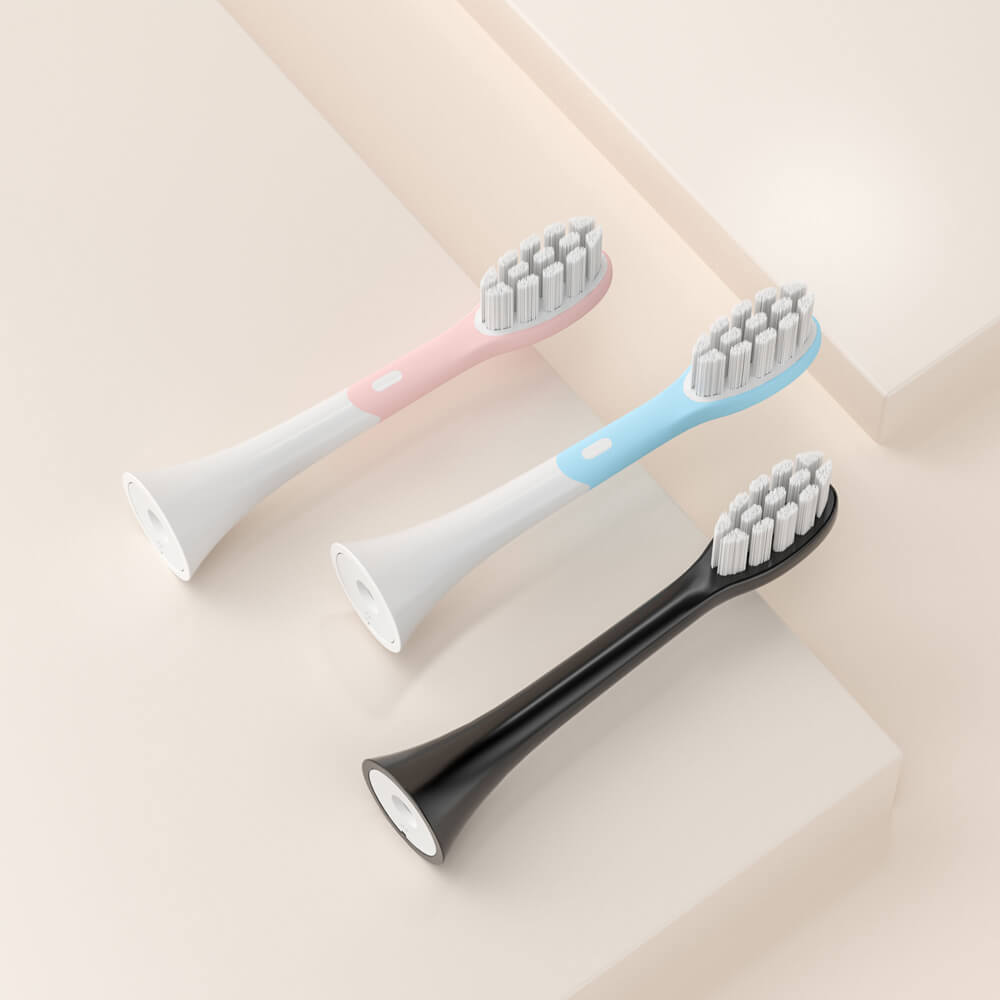
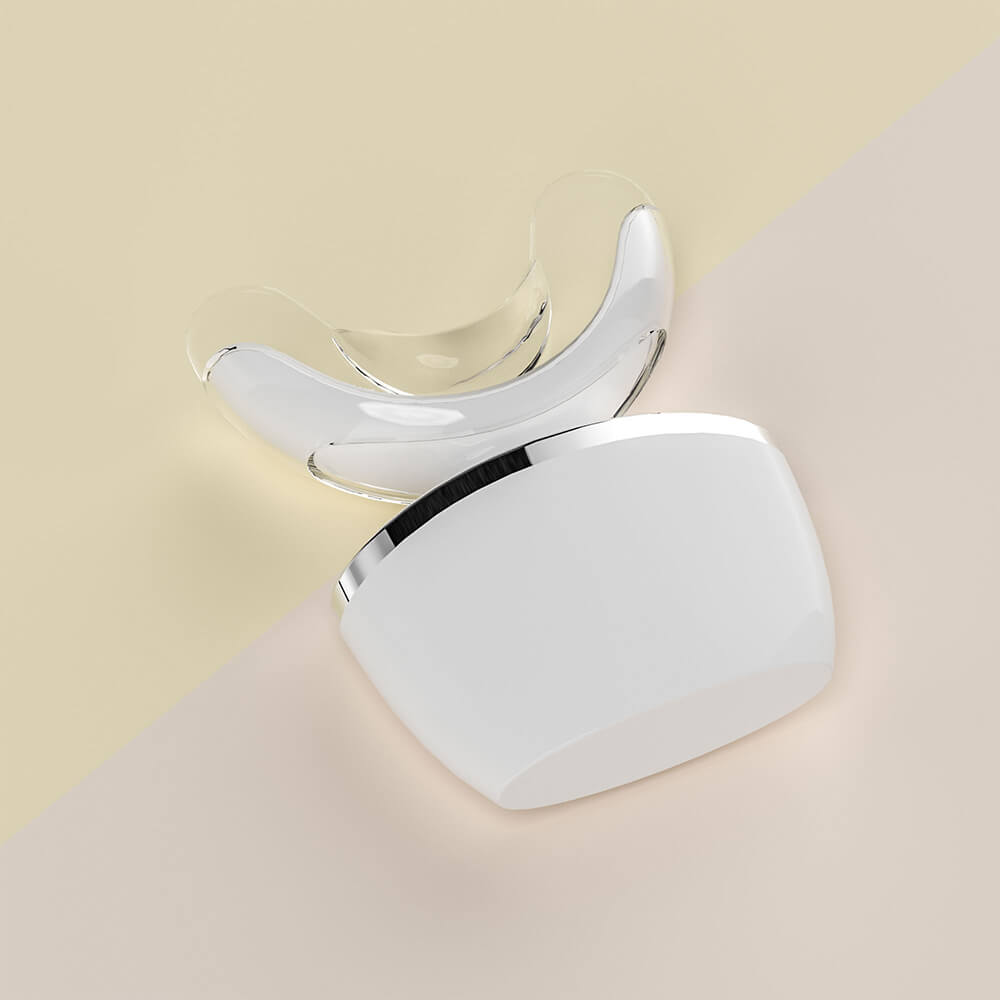


.jpg)
-1024x1024.jpg)
.jpg)


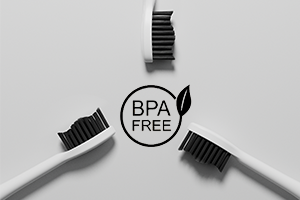


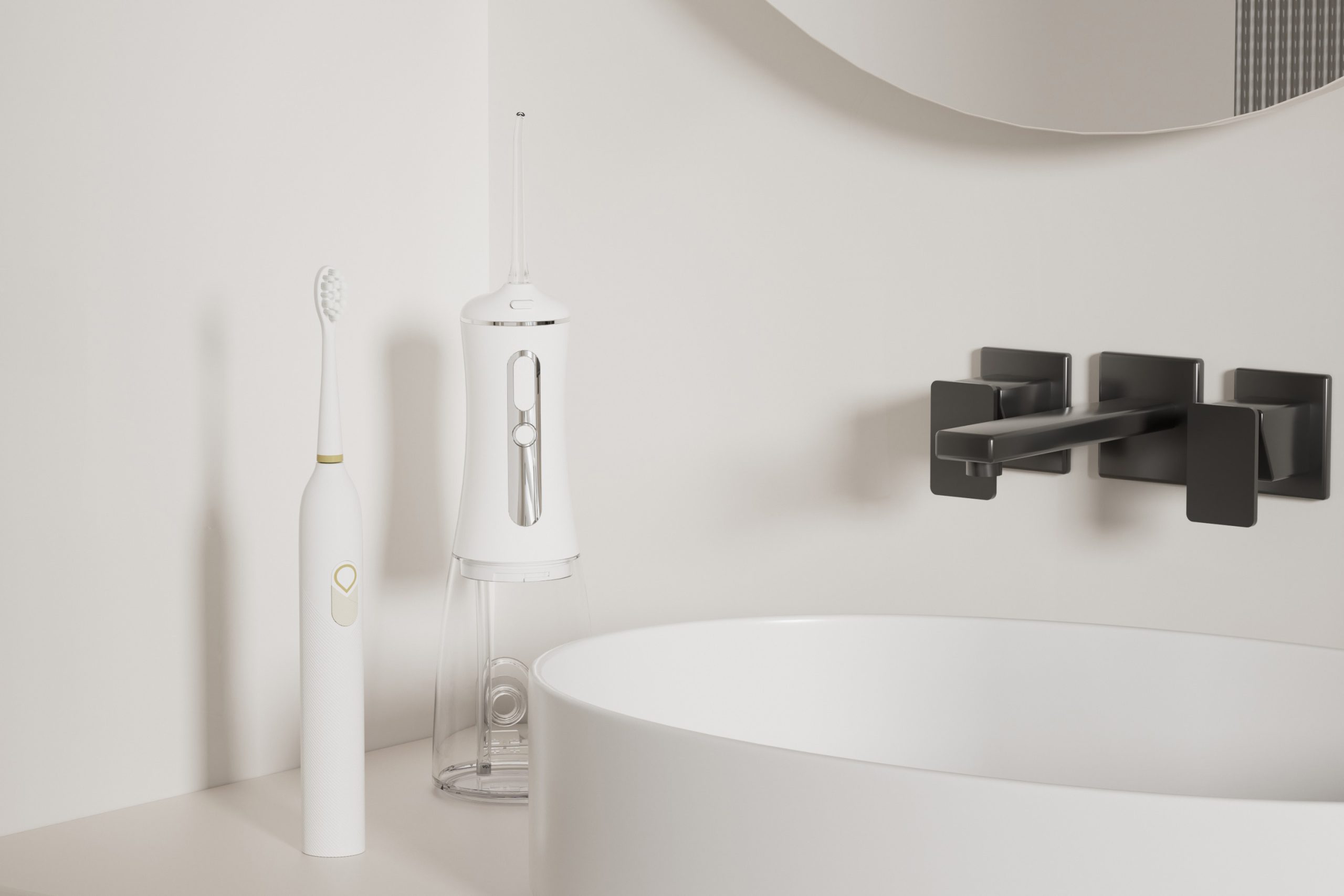
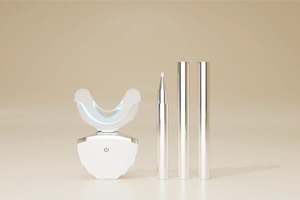
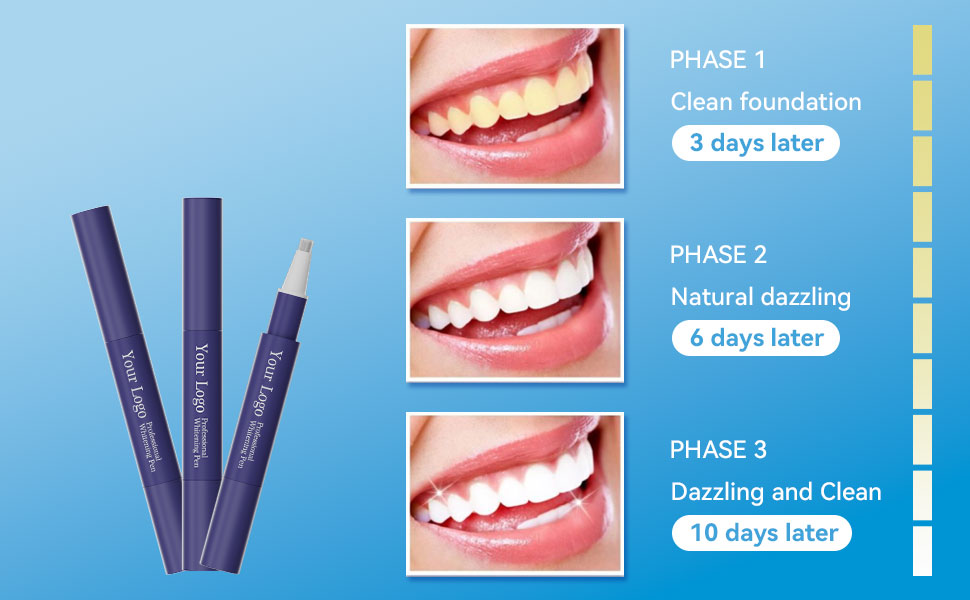
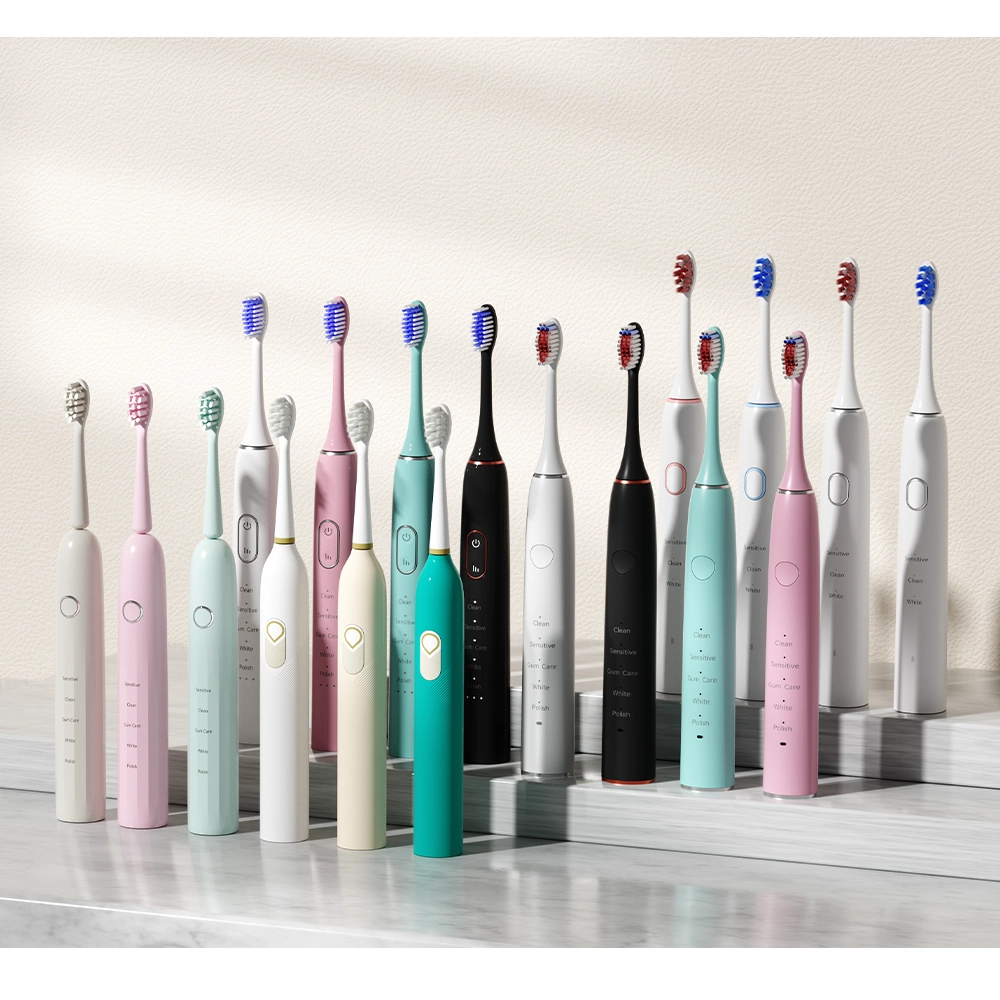
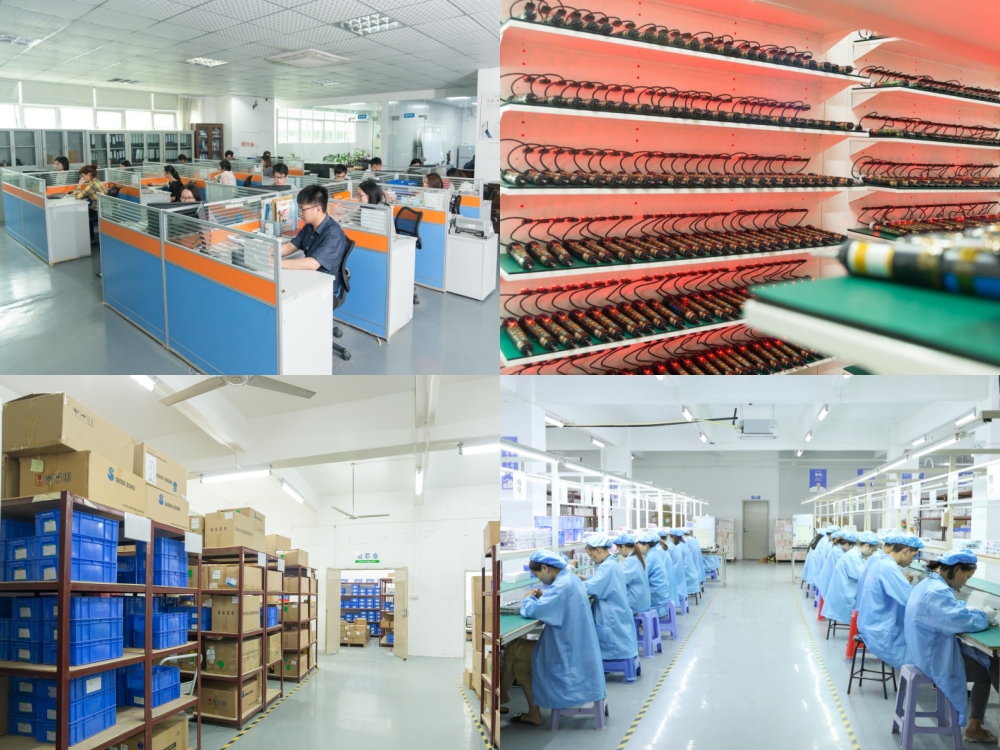

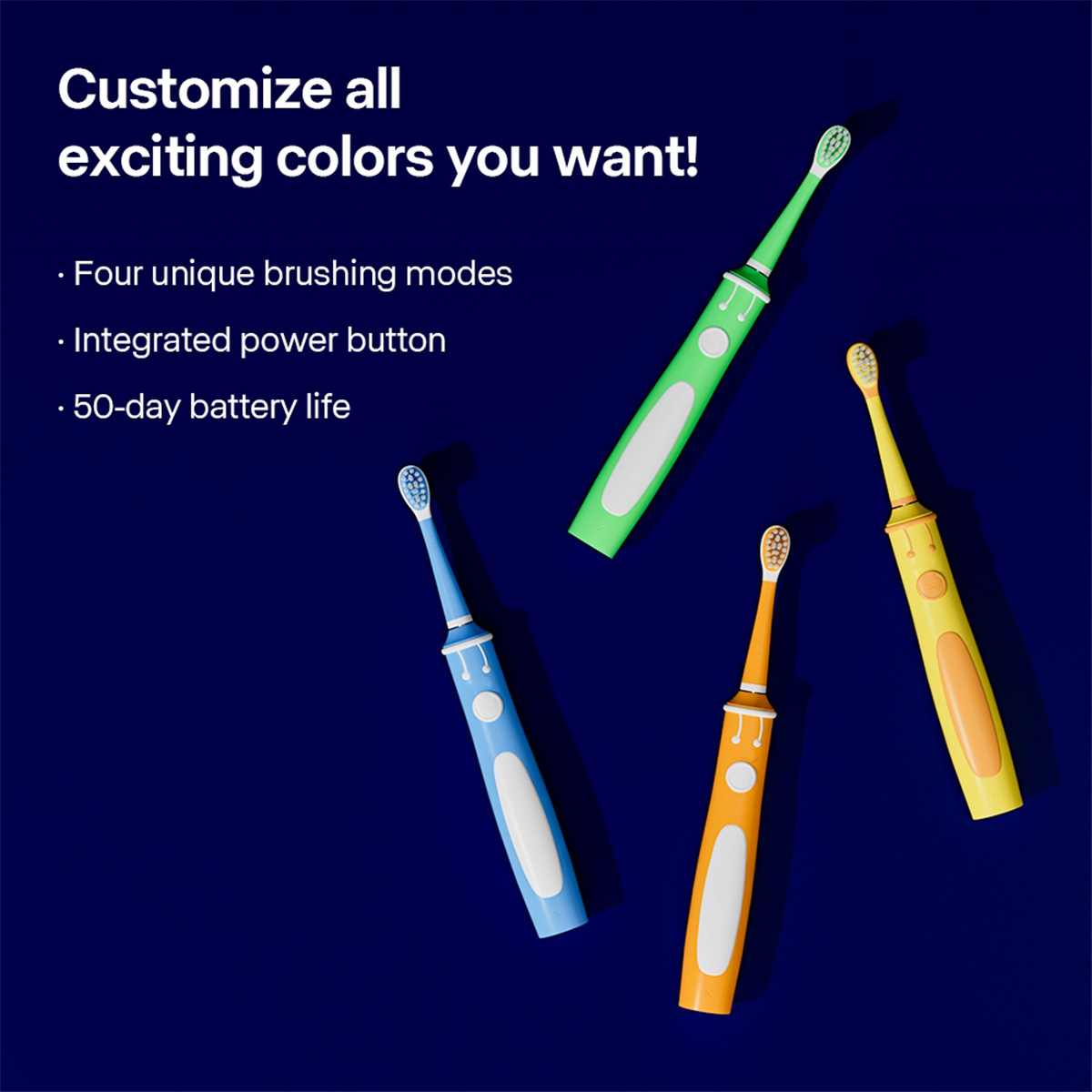
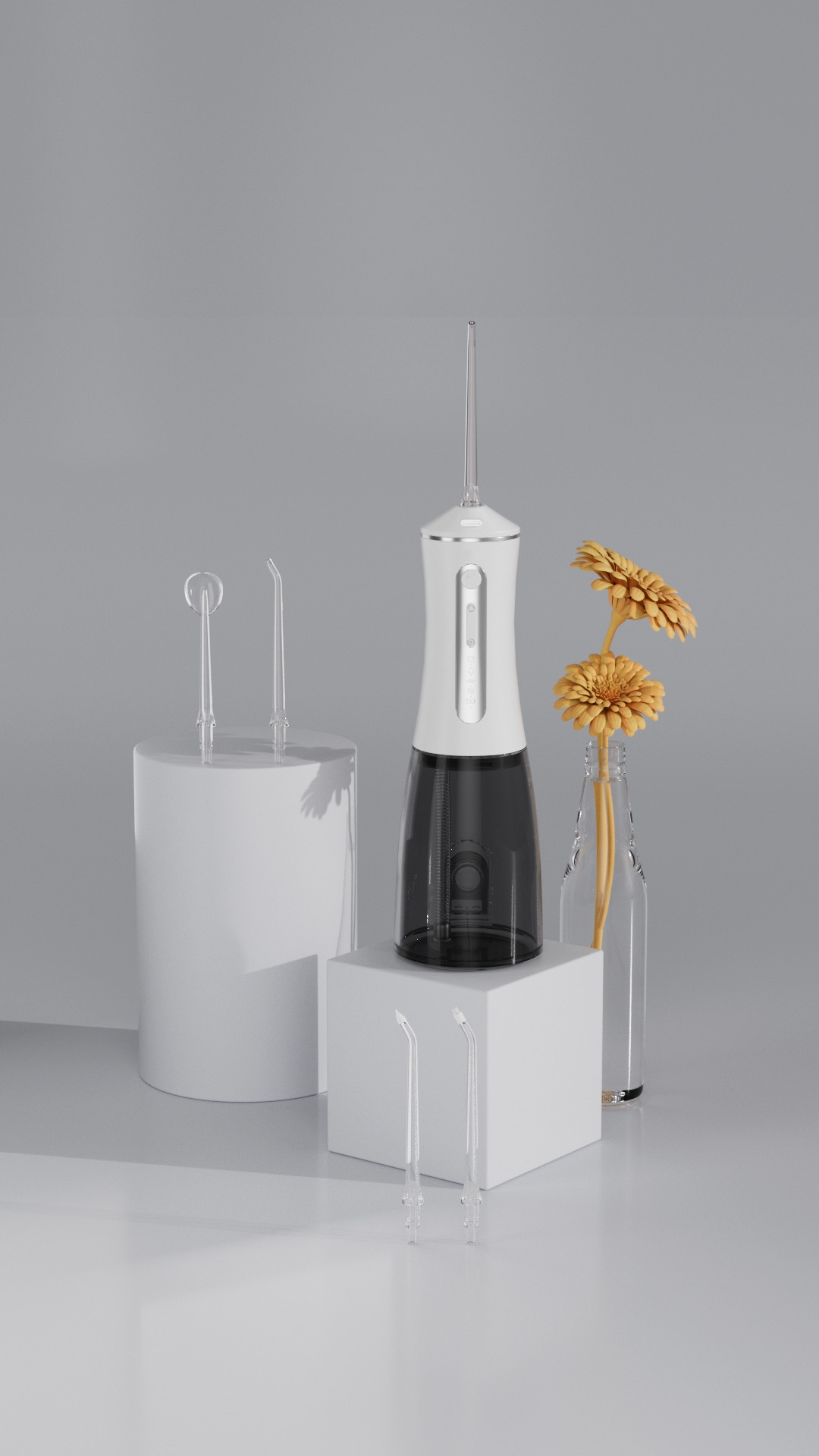
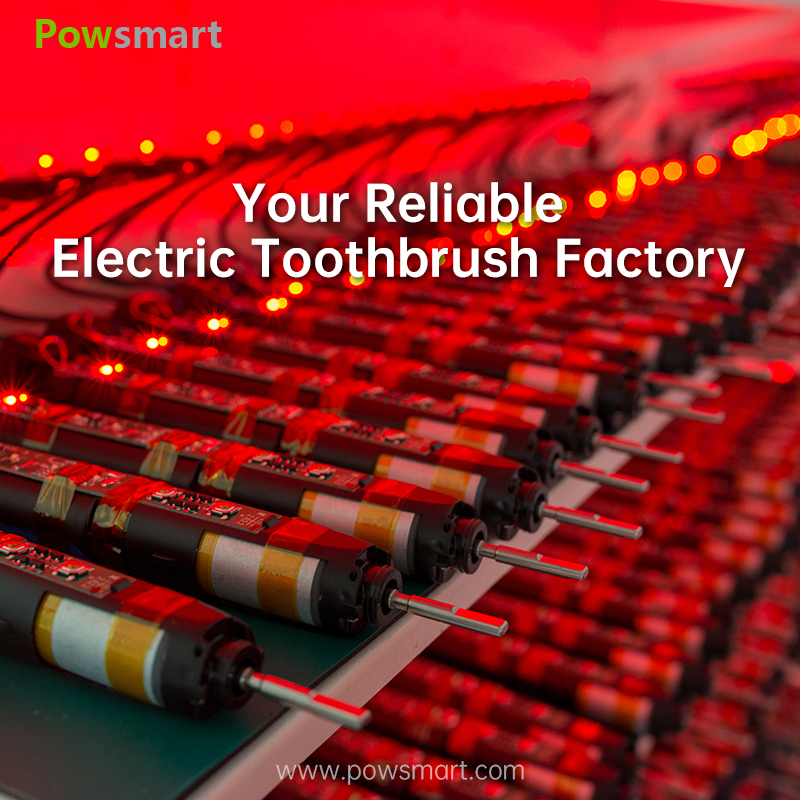
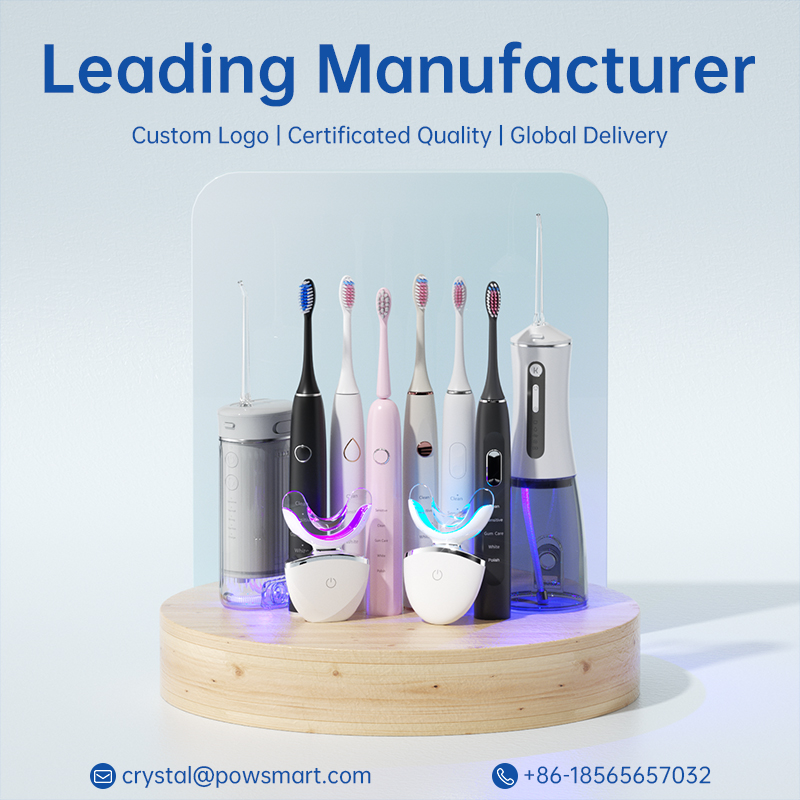
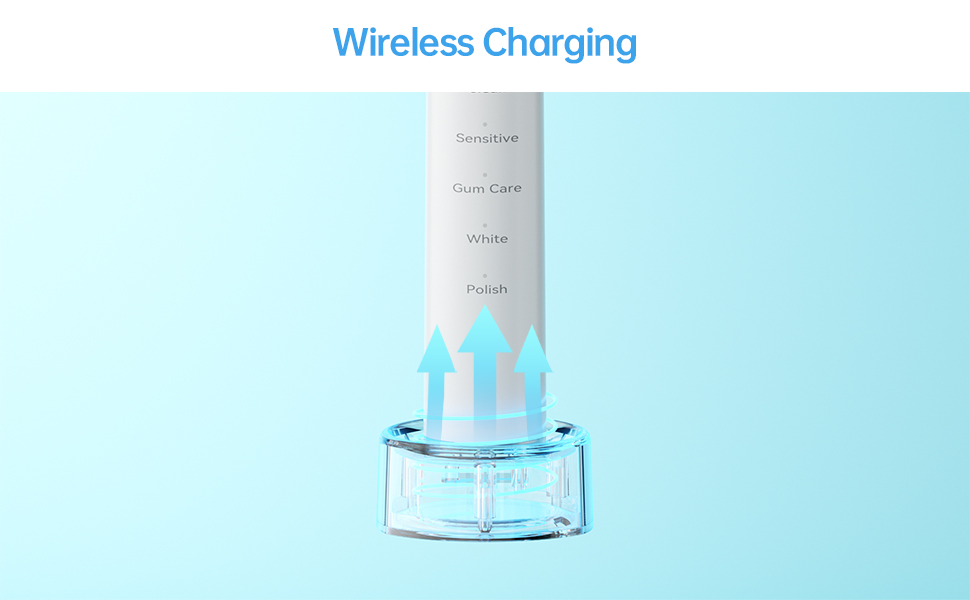



.jpg)



